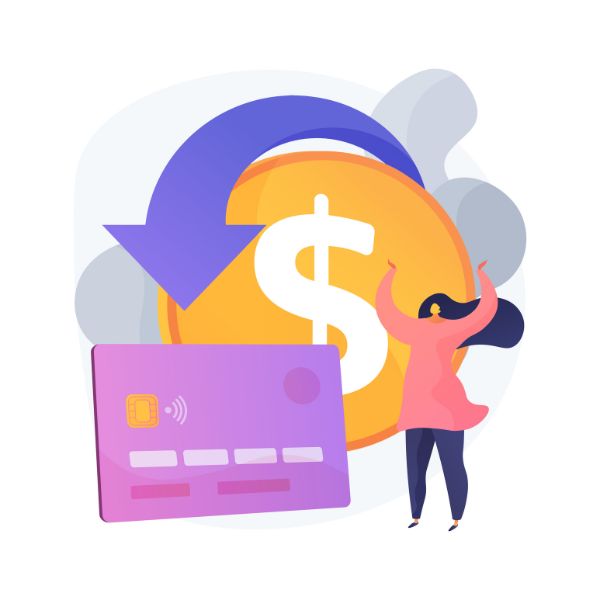How High-Risk Payment Gateways Help Combat Chargebacks and Fraud

For businesses categorized as high-risk, securing dependable and safe payment processing remains a significant challenge. A high-risk merchant account combined with a robust payment gateway is vital for navigating transaction-related issues, particularly in sectors that experience high chargeback rates. High-risk payment gateways are instrumental in helping businesses minimize chargebacks and protect against fraud, ultimately safeguarding revenue while ensuring smooth credit card processing.
Understanding High-Risk Payment Gateways
High-risk payment gateways are specifically tailored for industries and businesses with heightened fraud risks, chargebacks, and disputes. Sectors such as online gaming, forex trading, and CBD products often face distinct hurdles in payment processing. Financial institutions and payment processors frequently hesitate to partner with high-risk merchants due to the potential for significant financial losses.
To address these challenges, high-risk payment gateways provide customized features designed to mitigate concerns. These include advanced fraud detection tools and chargeback management solutions that enable businesses to process payments securely.
Key Strategies High-Risk Gateways Use to Reduce Chargebacks
Chargebacks present a considerable risk for high-risk businesses since excessive chargebacks can result in account closures, penalties, or increased processing fees. High-risk payment gateways incorporate specialized features to proactively manage chargebacks:
Advanced Transaction Monitoring
Many high-risk payment gateways employ machine-learning algorithms to detect real-time suspicious patterns. By identifying potentially fraudulent transactions early, businesses can take preventive measures, thereby reducing the likelihood of chargebacks.
Detailed Transaction Records
Comprehensive documentation is crucial during chargeback disputes. High-risk payment gateways offer extensive transaction records that facilitate the demonstration of transaction legitimacy when disputes arise. These records typically include customer purchase history, transaction timestamps, and other pertinent details.
Fraud Detection and Prevention Tools
Effective fraud prevention mechanisms, such as multi-layered verification processes, address verification, and IP filtering, help confirm customer identities prior to transaction completion. These tools significantly lower the risk of unauthorized transactions, which are often the primary contributors to chargebacks.
Chargeback Alerts and Representment Services
Numerous high-risk gateways provide alerts when a chargeback is initiated, allowing businesses to engage with customers promptly and potentially resolve disputes directly. Furthermore, representation services assist businesses in building cases to contest unjust chargebacks, enhancing the chances of favorable outcomes.
How High-Risk Gateways Combat Fraud
The risk of fraud is particularly pronounced in online transactions, making high-risk merchant accounts especially susceptible. Fraud prevention is a critical function of high-risk payment gateways; it helps maintain secure payment channels while safeguarding the business's integrity. Effective features include:
Tokenization and Encryption
Tokenization substitutes sensitive credit card information with unique identifiers (tokens) that are useless if intercepted. This process, along with data encryption, secures customer information during transactions. High-risk payment gateways utilize these technologies to protect data and reduce fraud risks.
3D Secure Authentication
This method adds an additional layer of security by requiring customers to complete extra verification steps such as entering a code sent to their mobile device before finalizing a transaction. Although this may slightly delay the transaction process, it is highly effective in confirming transaction legitimacy.
Geolocation and Device Tracking
Fraudsters often attempt to mask their location for unauthorized transactions. High-risk payment gateways leverage geolocation and device tracking to align customer locations and device details with historical purchase patterns. Any inconsistencies can trigger alerts or result in manual reviews of suspicious transactions.
Blacklist and Whitelist Features
High-risk gateways allow businesses to create customized lists of trusted or suspicious customers. This functionality automates the approval or rejection of transactions based on these lists—blacklisting known fraudulent sources while streamlining transactions from trusted customers.
Why a High-Risk Payment Gateway is Crucial for Growth
Beyond managing chargebacks and fraud, a high-risk payment gateway is essential for facilitating smooth transaction processing. Secure credit card processing and tailored merchant services enable high-risk businesses to operate confidently, knowing their transactions are secure and compliant.
For any business aiming for growth, reliable high-risk payment processing is vital. These gateways support smoother transaction flows, allowing high-risk companies to scale without the constant worry of escalating fraud or chargeback issues.
Final Thoughts
High-risk payment gateways serve as invaluable assets for businesses requiring enhanced protection against fraud and chargebacks. By integrating these systems, high-risk merchants can mitigate potential revenue loss, safeguard their reputation, and ensure efficient payment processing. Features such as fraud detection, chargeback management, and data encryption provide peace of mind in a challenging landscape. For high-risk merchants, utilizing a specialized payment gateway is not merely a tool but a cornerstone for sustainable business growth and security within a competitive digital marketplace.